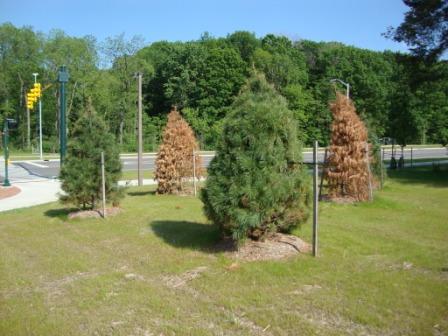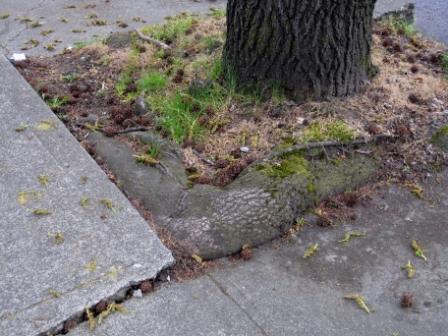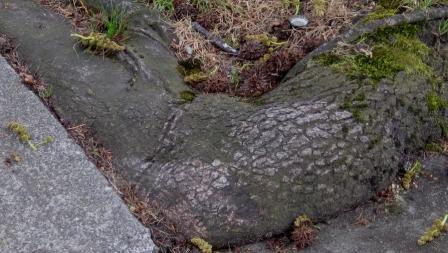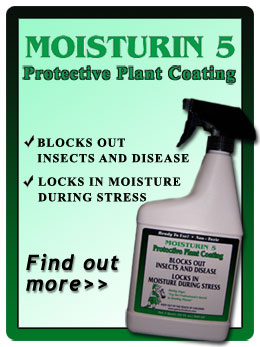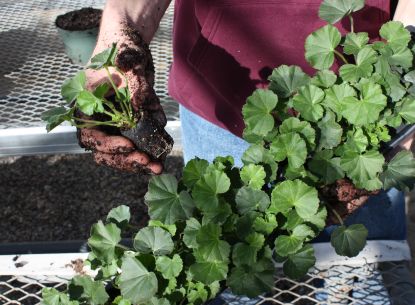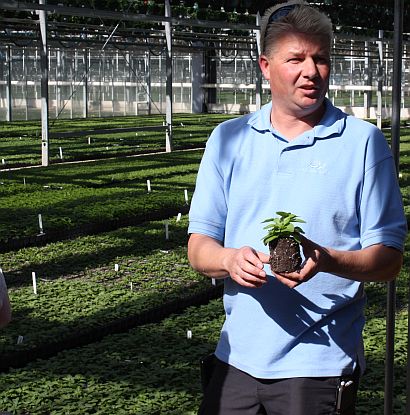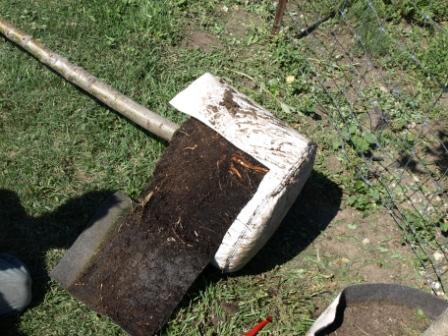
Ever since Monday’s post I’ve been preoccupied thinking about that article which was mentioned in the comments section by Daniel http://www.cnn.com/2010/HEALTH/05/17/pesticides.adhd/index.html?iref=allsearch . This article basically summarized a study that seemed to show that ADHD in children was related to exposure to organophosphate insecticides.
Articles like this appear all of the time in mainstream media and they scare the bejezus out of us because, after reading them, we end up thinking “Holy crap! We’re killing ourselves and ruining our society with these insane chemicals!” Most of the time, however, this just isn’t the case. Look, if everything that the papers reported about the negative effects of pesticides and other chemicals was true we’d all have cancer, mental illness, or we’d just be dead.
After the above you’re probably telling yourself that I’m some kind of maniacal chemical apologist. Maybe I am, but I don’t think so. I’ve spent a lot of time reading the actual articles from which these media pieces are written and I like to think I have a relatively balanced view of these chemicals – maybe I’m deluding myself though – I’ve been known to do that on occasion. In any regard, what I’m going to do with this blog post is to take a look at the media article and let you know some of the questions that I want answered before I get very concerned about the research, and by answered I mean answered by the scientific article from which the media piece was derived. Now, to be fair, I have not read the actual scientific article from which this media piece was derived. It isn’t online as I’m writing this (at least nowhere that I can find it), though I have no doubt that it will be soon. I suppose that I could have waited to write this until it came out, in fact I considered that idea carefully, but instead I thought that I would tell you about the things that I’m wondering about the article; In other words, the things that I’ll be looking for when I finally get to read it. Media people want POW! Scientists want to know what’s actually going on.
Before we begin I should tell you that I’m no fan of organophosphates. They include a wide range of chemicals (though they are, obviously, all related in that they’re organic chemicals with phosphorus), some worse than others – from the relatively tame orthene and malathion to the scary-as-hell disulfoton (aka disyston). Right now, as an extension specialist who works with growers, I can tell you that organophosphate chemicals are, in general, not a preferred choice for most growers simply because there are so many safer and more effective choices out there. My feelings about organophosphates can best be summed up by what I wrote in my book The Truth About Organic Gardening “[Organophosphates] are an old class of insecticides that has served its purpose and for the most part should probably go the way of the dodo, with the possible exception of orthene and one or two others.”
So here we go, the things that I will be looking for when I read the actual scientific article:
1. What’s the confidence interval? In the media article it was stated that children with higher levels of organophosphates were about two times more likely to have ADHD, but no confidence interval was given. In epidemiological studies such as this the likelihood of a given outcome is usually expressed as an odds ratio. In this case the odds ratio that a child would develop ADHD given a high level of organophosphate exposure would be about 2 (because it would be 2 times as likely that a child would develop ADHD as it would be if the child weren’t exposed to the organophosphates). But in a scientific article the odds ratio will always be coupled with a confidence interval. A confidence interval tells you how confident you are in your odds ratio. If you’re very confident then you’ll have a narrow confidence interval – maybe 1.8-2.2 — which means that it is 95% certain that the odds ratio is between 1.8 and 2.2 (the 2.0 odds ratio is basically just the most likely point on the confidence interval for the odds ratio to sit. It’s kind of like, but not exactly the same as, an average). For an epidemiological study that’s darn good. If that’s the confidence interval present in the article then I’ll be impressed. What we might find though is a confidence interval of something like 0.2 to 22. That stinks and you’re deluding yourself if you think that a confidence interval like this “proves” anything – unfortunately I have seen plenty of media articles use research with confidence intervals such as this because of the POW! factor. They ignore the confidence interval and just look at the odds ratio. My guess is that this article has something in between the two confidence intervals which I listed above – we’ll see.
2. I want to know how often urine was sampled.
Organophosphates move through the body very quickly. In fact, I was recently reading a paper which showed that you can’t predict from one test time to the next what organophosphate readings will be because there’s so little consistency. If you’re exposed to an organophosphate one day you may test high that day, but two days later you’ll be testing low again, so, I want to know if a single sample was done – which I would consider to be almost useless in terms of telling us actual organophosphate exposure – or if multiple samples were taken over time which I would consider to be much more useful.
3. Did the organophosphate really come from food? The implication that these organophosphates which, in theory, contributed to the onset of ADHD came from food bugs me. I want to see if the author actually draws this conclusion in the paper or if it was made up by the media. There are lots of places that organophosphates are and have been used, the singling out of fruits, vegetables, or any food seems ridiculous to me. The author of the media article points out that organophosphates are not used around homes much – but that really isn’t the case and it certainly wasn’t the case just a few short years ago. There are still plenty of organophosphates being used quite regularly around homes. I just did a search for orthene and malathion and found that I could buy them quite easily online. Diazinon and chlorpyrifos are two others that shouldn’t be used by homeowners but which I know of people using – sometimes in heavily trafficked areas.
4. I’d like to know about how the other potential contributors to ADHD were controlled. There are other things that have been correlated with ADHD, how were these controlled so we know they weren’t the cause of the ADHD measured in this experiment? For example, abused or neglected children seem to have a higher rate of ADHD, how was this taken into account in the study? Was it taken into account? A theory would be (and I’m totally making this up) what if abused children are fed more food with higher rates of organophosphates while non-abused children are fed more organic food. Then the results would show that the neglected kids had higher ADHD and higher organophosphates – but was it the poor parenting or the organophosphates which caused the ADHD?
So, those are the four questions that I’ll be asking right off – and there are more that I’ll think of once I actually read the article. All of these questions don’t mean that I think the article is bad though – regardless of what their answers are. This research was probably well conducted and will enlighten scientists and lead to new avenues of research. But, I’m willing to bet that the POW! from the media article (ADHD is caused by eating organophosphates on food) isn’t quite as powerful when the whole article is read with a more critical eye.

